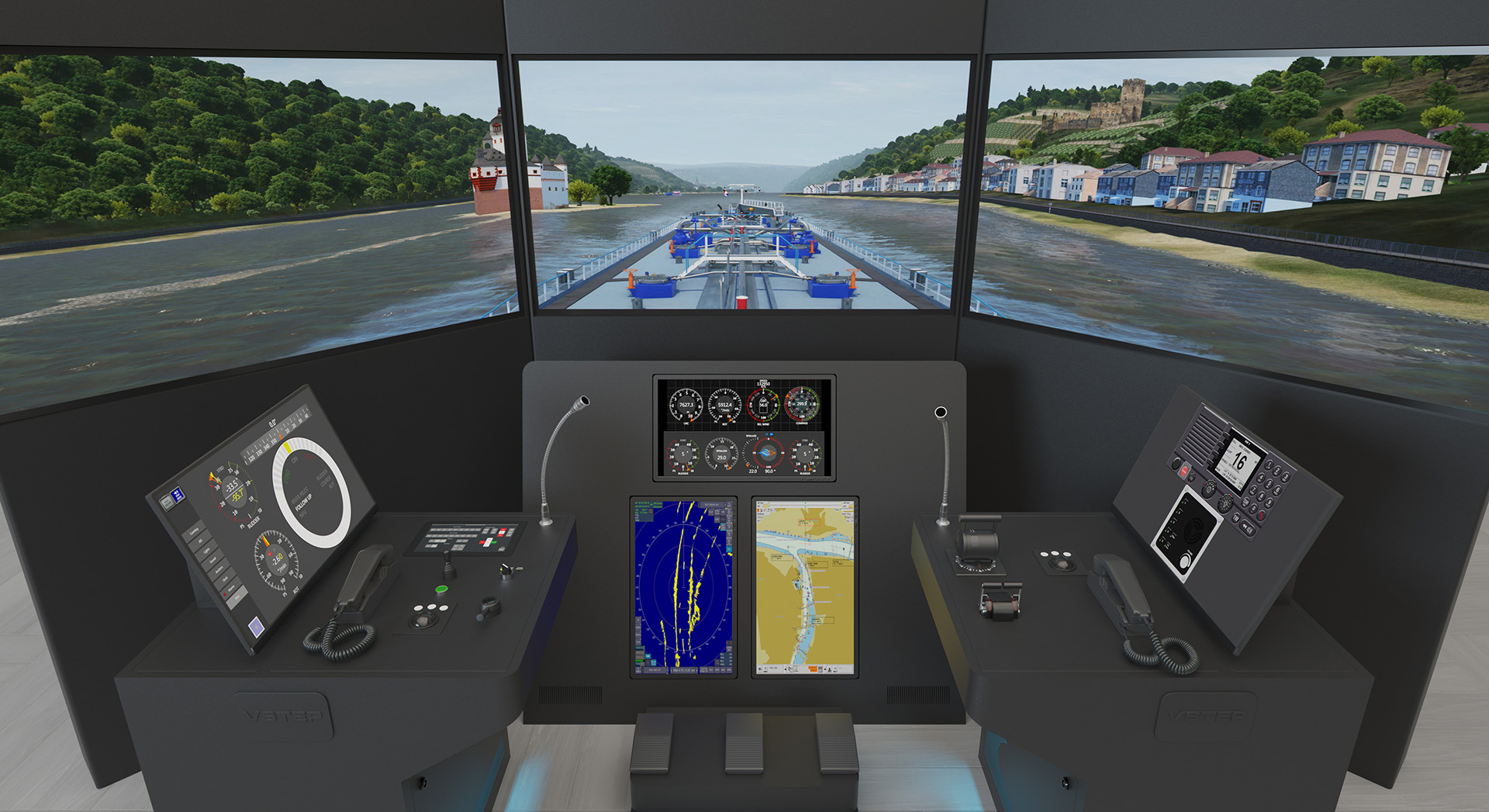
Mitzner developed an "incremental length diffraction coefficient" which extends Ufimtsev's theory much as Michaeli's equivalent currents extend Keller's theory. A method of equivalent currents suggested by Ryan and Peters, extended by Knott and Senior, and refined by Michaeli allows the scattering direction to be arbitrary, but the equivalent currents are nonphysical because they depend on the direction of the observation. The uniform theory of Kouyoumjian and Pathak provides the proper behavior of the transition regions, but the scattering direction is constrained to lie on the Keller cone. The theories of Keller and Ufimtsev introduce edge-diffraction terms that improve the prescription, but the diffraction coefficients are poorly behaved in the transition regions of the shadow and reflection boundaries.

Physical optics does yield results in those cases, but fails by progressively wider margins as the scattering direction swings farther from the specular direction. Geometric optics, perhaps the oldest method in use, is a simple prescription, but gives the wrong answer for flat and singly curved surfaces, and no answer at all if the specular point is not on the surface. As such, the method of moments, although an extremely powerful tool, is not suitable for routine computations for large bodies.

We begin with the caveat that large, complex targets are of prime current interest, hence the scattering calculations are for the "high-frequency" regime. This paper surveys a progression of methods, not necessarily in chronological order, each of which offers its own peculiar advantage. Since the widespread use of radar in World War II, engineers have grappled with the problem of calculating the radar echo characteristics of a wide variety of bodies, and over the years methods have steadily improved.


 0 kommentar(er)
0 kommentar(er)
